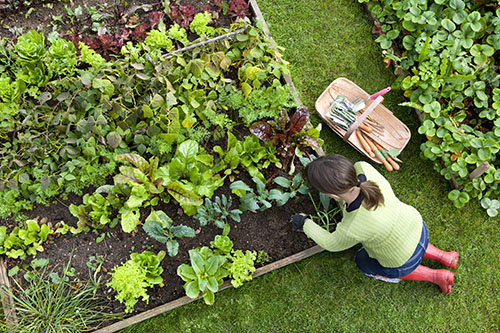Crafting Your Vegetable Garden for Success
Apr 23, 2024

There’s an undeniable satisfaction that comes from harvesting your own homegrown produce. From the crisp snap of freshly picked asparagus to the juicy burst of a sun-ripened tomato, there’s nothing quite like the flavor of vegetables straight from the garden. But to achieve such healthy delights, it all starts with a well-planned vegetable garden layout tailored to your space and preferences.
Here are a few simple steps for cultivating a successful garden.
With careful planning and attention to detail, you can create a vegetable garden that is sure to delight the tastebuds this spring and summer. Your local Co-op has a large selection of gardening and outdoor products, so roll up your sleeves, grab your gardening gloves, and get ready to cultivate your own supply of fresh, flavorful produce. Find your nearest Co-op location here.
For more content like this, check out the latest issue of The Cooperator.
Here are a few simple steps for cultivating a successful garden.
- Select a location
- Choose what to grow
- Sketch your garden
- Plant your vegetables
- Learn from your successes and failures
With careful planning and attention to detail, you can create a vegetable garden that is sure to delight the tastebuds this spring and summer. Your local Co-op has a large selection of gardening and outdoor products, so roll up your sleeves, grab your gardening gloves, and get ready to cultivate your own supply of fresh, flavorful produce. Find your nearest Co-op location here.
For more content like this, check out the latest issue of The Cooperator.